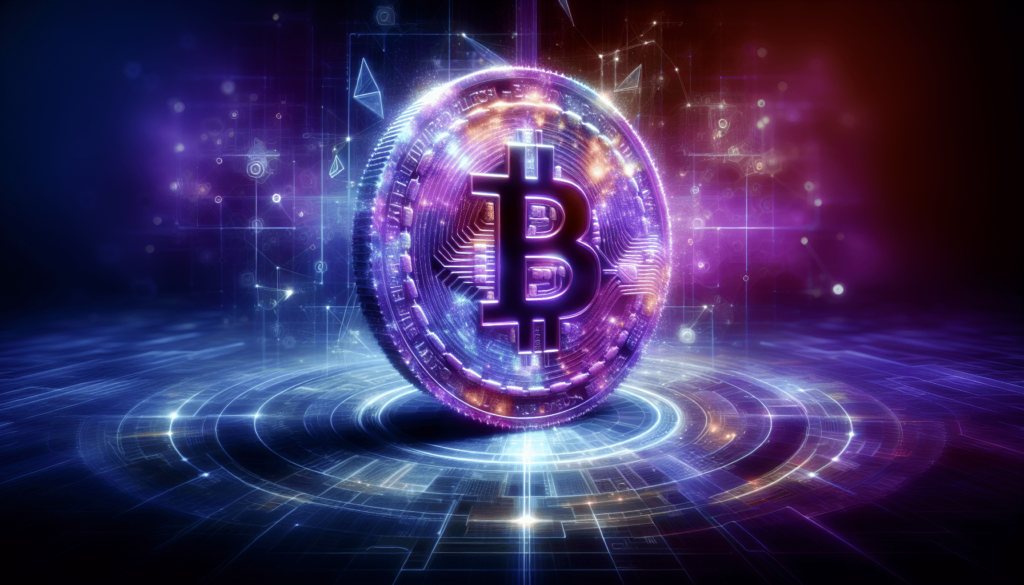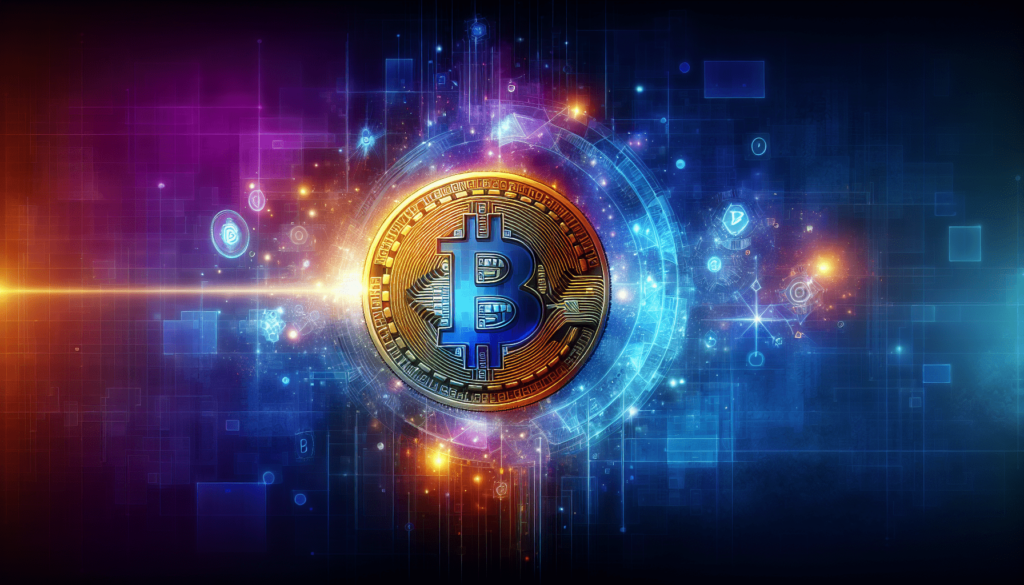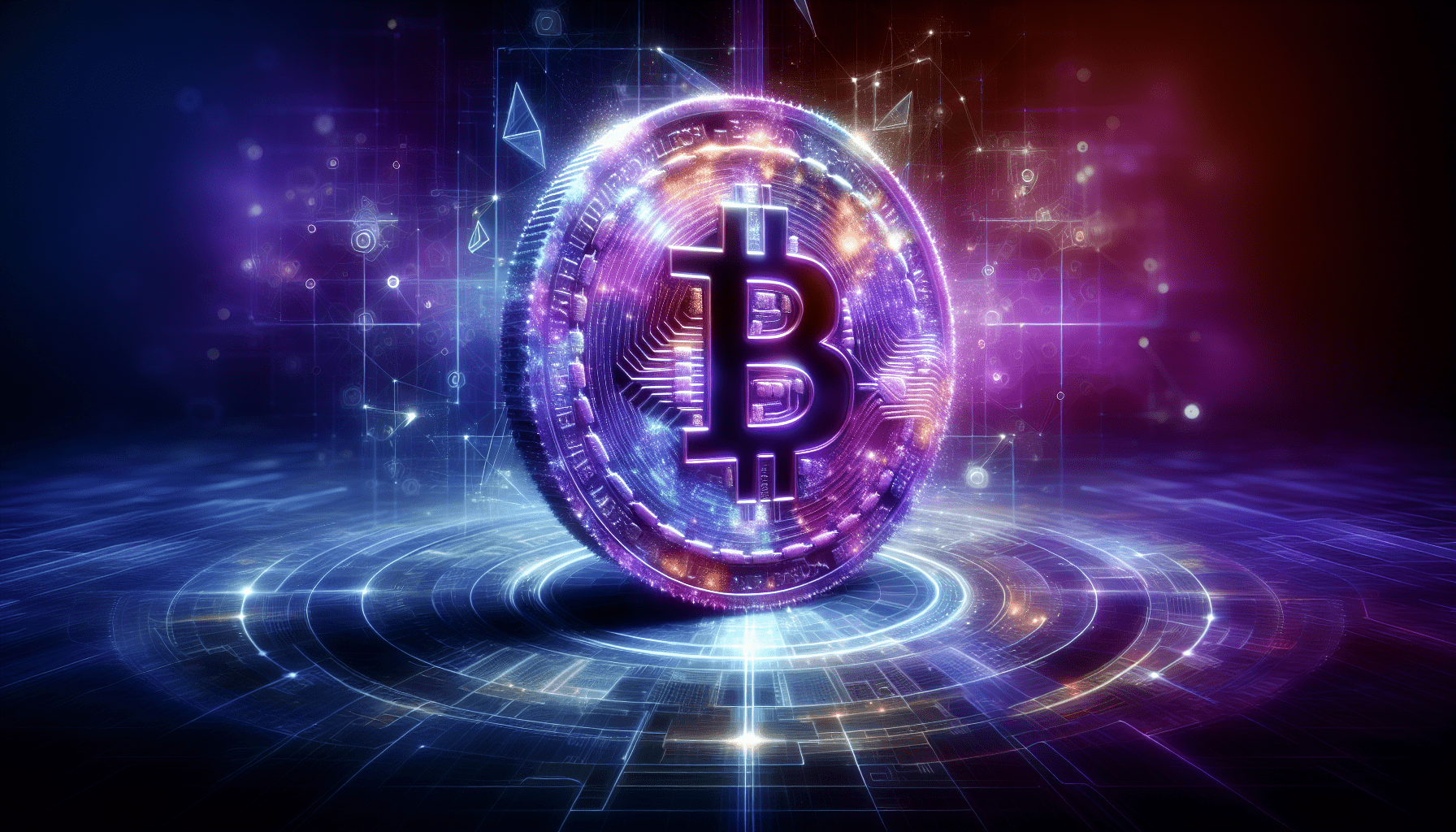Have you ever wondered how you can combine your interest in digital art or collectibles with the exciting world of cryptocurrencies? The idea might sound complicated at first, but it has become increasingly mainstream in today’s digital landscape. Let’s unpack this fascinating intersection of cryptocurrency and digital collectibles, exploring how you can securely and confidently engage with both.

Understanding Digital Collectibles
Digital collectibles, often referred to as non-fungible tokens (NFTs), are unique digital items that can symbolize ownership of distinct art pieces, music, videos, or other content. Unlike cryptocurrencies like Bitcoin or Ethereum, which are fungible and have equal value regardless of the individual coin, NFTs are one-of-a-kind and cannot be exchanged on a one-to-one basis with similar value. This uniqueness introduces a captivating layer to digital ownership.
What Makes NFTs Unique?
NFTs are built using blockchain technology, the same structure that supports cryptocurrencies. Think of the blockchain as a digital ledger that securely records all transactions. Each NFT exists as a distinct entry on the blockchain, confirming your unique ownership of the digital asset. The metadata attached to an NFT records its uniqueness, origin, and ownership history, adding to its authenticity and value.
Why Are NFTs Popular?
Digital collectibles gained popularity due to their revolutionary approach to ownership and sales in the digital realm. Artists and creators saw NFTs as a new revenue stream, allowing them to sell original digital creations as valuable, tradable assets. Collectors and enthusiasts, excited by the prospect of owning a piece of digital history or a unique work of art, eagerly entered the market. The scarcity and proof of ownership make them appealing to those who enjoy both art and technology.
Getting Started with Crypto
If you’re ready to explore the world of digital collectibles, the first step is understanding the basics of cryptocurrency. To purchase and interact with NFTs, you’ll need to familiarize yourself with digital currencies, mainly Bitcoin and Ethereum. Each plays a crucial role in the transaction process of digital collectibles.
Choosing a Cryptocurrency Wallet
A cryptocurrency wallet is your primary tool for storing, sending, and receiving digital currencies. There are several types of wallets, ranging from hardware wallets for maximum security to mobile and web wallets for ease of access. Choosing the right wallet involves balancing security needs with user convenience.
Purchasing Cryptocurrency
To participate in the NFT market, you’ll need to own some cryptocurrency. Many platforms sell NFTs in Ethereum because of its robust blockchain platform. Purchasing Ethereum involves setting up an account with an exchange like Coinbase, Binance, or Kraken, where you can buy crypto using traditional money methods.
Securing Your Crypto Assets
Security is paramount when dealing with cryptocurrencies. Protecting your assets involves knowing how to store your private keys correctly, enabling two-factor authentication, and staying vigilant against scams or phishing attempts. Horror stories abound about stolen assets due to poor security practices, so ensure you’re informed and cautious.
Interacting with Digital Collectibles
Once you’ve acquired some cryptocurrency, you’re ready to dive into the world of NFTs. This section will guide you through the purchasing, trading, and managing of digital collectibles.
Finding a Digital Collectible Marketplace
There are several online marketplaces where you can explore and purchase NFTs, such as OpenSea, Rarible, and Foundation. Each marketplace will have its own set of rules, fees, and selection of digital collectibles. Browse these platforms to find what piques your interest—whether it’s digital art, music, or virtual real estate.
How to Buy an NFT
Purchasing an NFT is similar to buying any digital product. Select your desired item, confirm its details, and proceed with checkout using your cryptocurrency wallet. The transaction will be registered on the blockchain, giving you verified ownership of the item. The process may seem techy, but once you do it a couple of times, it’ll become as routine as online shopping.
Trading and Selling NFTs
Selling an NFT is an avenue to potentially make profit or trade your digital assets. Each marketplace provides options to list your NFT for sale, either at a fixed price or through an auction. Understanding market trends and how much similar NFTs are selling for can guide you in setting competitive prices.
Navigating Challenges and Risks
While the digital collectibles market is exciting, it’s not without pitfalls. Being aware of common challenges and risks will better prepare you to navigate this innovative space securely and knowledgeably.
Evaluating the Value of NFTs
The value of digital collectibles can be highly subjective and volatile. What might be immensely valuable one day could decrease exponentially the next. Evaluate the NFT’s artist, origin, rarity, and previous sales history to gauge its investment potential. Always buy what you genuinely appreciate, and never invest more than you are prepared to lose.
Dealing with Scams
Given the relative anonymity and newness of cryptocurrencies and NFTs, scammers abound. Always verify the source and authenticity of NFTs before making a purchase. Be cautious when interacting with unknown accounts or during transactions. Use reputable marketplaces and community feedback as guides.
Staying Updated with the Market
The digital collectibles and crypto markets are constantly evolving. Staying informed about market trends, evolving technologies, and regulatory changes will ensure you make informed decisions. Join online communities, follow industry news, and constantly educate yourself as this dynamic space unfolds.

Exploring the Future of Digital Collectibles
The potential applications for NFTs extend far beyond our current understanding. From virtual fashion to in-game items, the possibilities are limitless. And as blockchain technology advances, the accessibility and functionality of digital collectibles will grow.
The Impact on the Art World
NFTs have already revolutionized how artists and creators engage with audiences and sell work. Many established and emerging artists see digital collectibles as a means to connect more directly with fans, bypass traditional art markets, and sustain their creative endeavors.
Virtual Real Estate and Beyond
In the metaverse, virtual worlds are replicating real-world experiences and assets. Virtual real estate is becoming a hot commodity, with real-world purchases of virtual land and spaces. These developments suggest an expanding role for NFTs beyond collectibles into integrated digital lifestyles.
Addressing Environmental Concerns
One challenge facing the crypto world is its ecological footprint. Blockchain transactions require energy, and minimizing this impact is crucial. Innovations in eco-friendly technologies and alternative methods like Proof of Stake aim to address these environmental concerns, ensuring a sustainable future for crypto and digital collectibles.
Conclusion
Navigating the world of crypto and digital collectibles can feel like unlocking a treasure trove of possibilities. With the blockchain offering an unprecedented level of authenticity and ownership, engaging with digital art and collectibles is a rewarding endeavor. Embrace the learning curve, stay vigilant about security, and most importantly, enjoy the process of discovering what this unique intersection can offer you. By understanding both the strengths and challenges of this digital frontier, you can participate confidently and creatively in the ever-evolving world of digital collectibles.

